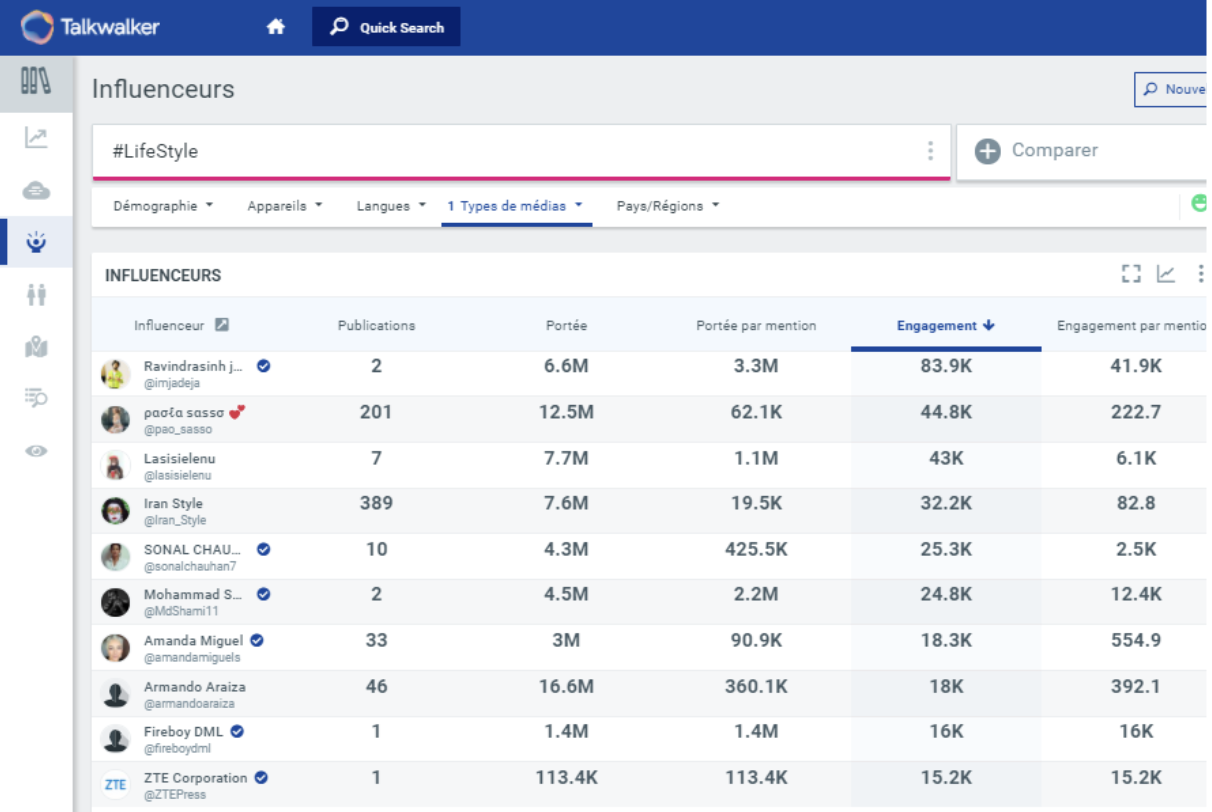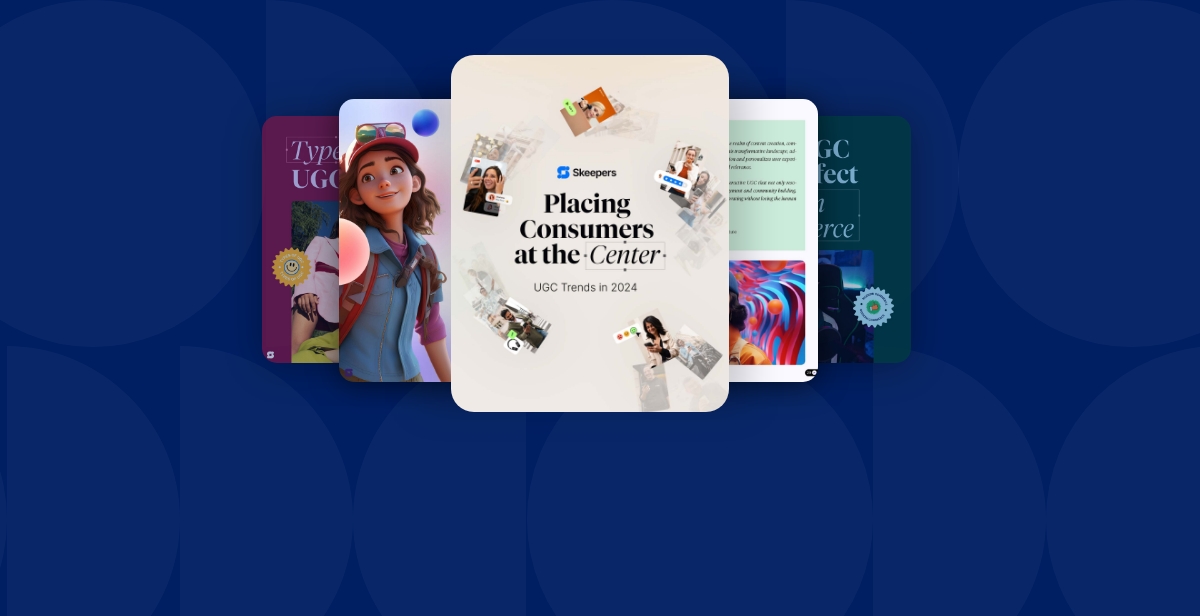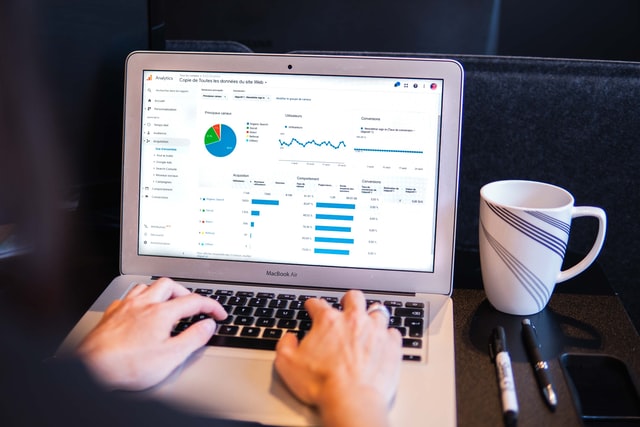Partnerships with KOLs and influencers on social media are well established in the marketing habits of many brands, however the market is constantly evolving. Indeed, brands must continuously adapt their strategies accordingly. Influencer marketing is rapidly expanding so different types of influencers have multiplied, including content creators occupying certain niches and even sub-niches. Each of...
Partnerships with KOLs and influencers on social media are well established in the marketing habits of many brands, however the market is constantly evolving. Indeed, brands must continuously adapt their strategies accordingly. Influencer marketing is rapidly expanding so different types of influencers have multiplied, including content creators occupying certain niches and even sub-niches. Each of these types has advantages but also disadvantages for brands. To find these influencers and identify them well, as you must not make mistakes, data from actions on social networks have to be exploited, but also to have a good readability of campaign results.
Data : the key to guide your influencer marketing strategy
Identifying influencers in your field thanks to Google Alerts
In order to find the right influencers, a good starting point is to determine whose personalities speak on a recurring basis in your field.
Google Alerts is a good tool to find who is writing content on hot topics in your industry, through related terms. At the same time, it will be good to browse forums and thematic groups to see who regularly answers questions related to your sector. You can refine a search of course, focusing only on particular sources (web, forum, media, etc.).
For the search to be effective, include quotation marks for your expression, otherwise you will get different results. For example, here for the exact expression “influence and fashion” to be taken into account by Google we integrate the quotation marks, otherwise, it will be a search on each word taken separately.

Photo credits: screenshot from Google Alerts
Analyzing data pointing engagement rate
It is important to ask yourself the right questions based on your data; it can help you determine if an influencer is truly legitimate. Look at follower growth over time, as well as the relationship between engagement and followers. Is the content creator growing steadily? Can you spot any abrupt changes in the size of their audience? Are there significant and mostly suspicious increases or decreases in their follower growth? Does the influencer have a large community of followers, but you notice that their engagement is decreasing? This analysis in comparison mode of the performances over a long period of time allows you to identify possible anomalies.
For instance, a micro-influencer who doesn’t engage his audience or whose interests are completely opposite to your brand will result in wasting time and money. Data will allow you to find the best opinion leader to partner with and target the right people in the right place at the right time (the right formula).
The 3 main questions to ask yourself are:
- Who are the most engaging KOLs (influencers) to promote your brand’s publications?
- Are they part of your business industry?
- How is your brand perceived by the potential influencers?

Photo credits : screenshot from Talkwalker.com
Optimizing content with real-time data
Data also has a relevant use in creating a strong content marketing strategy by providing real-time information about:
- What are the current trendy topics in your industry? And which topics catch your targeted customers’ attention?
- Which key-words are your customers looking for?
- What kind of content gets maximum engagement and shares on social media?
It is also consistent to track how your audiences react to your existing content. By analyzing the type of comments and the number of shares received on your posts, you can gain insights into what your audience really likes and dislikes.
How can this information help you improve the ROI of your influencer campaigns? You can send this valuable information to potential influencers (or those in place in your campaign) so that they can create content that your consumers are more likely to engage with.
Measuring impact beyond campaigns to focus on the right actions
Budgets are not scalable, and this requires brands to take a closer look at the impact of every euro that is spent. What we see is that influencer marketing as such is measured simply at the campaign level only. It will be essential to follow the metrics of each influencer on the campaigns. Impact evaluation can be done through cost-focused metrics. For example, cost per engagement or cost per view can be used to see how each campaign is evolving. This is a very good way to control campaign costs, but also to make sure that the different parties are fulfilling their part of the contract. Whether it’s influencer selection, relationship building, negotiation, compensation or campaign measurement, the keystone of influencer marketing ROI is data-driven. This will allow CMOs to take control of influencer spending and focus on the relationships that matter most to the brand.
Finally, data is also precious in an influencer marketing strategy, and we can no longer do without it, it will be a key point to succeed and develop.
Photo credits: Myriam Jessier via Unsplash







